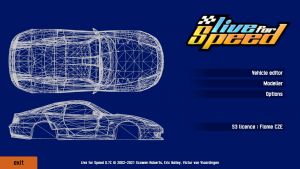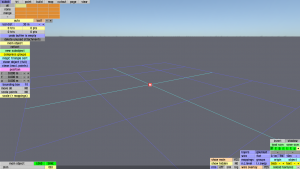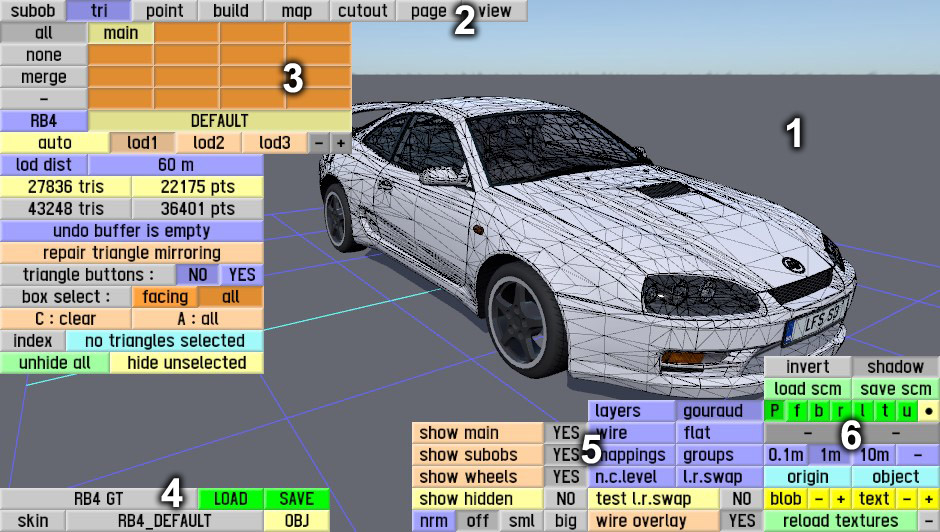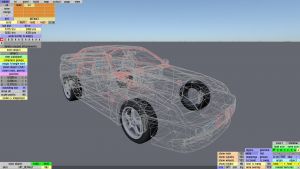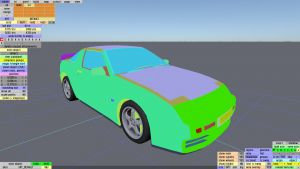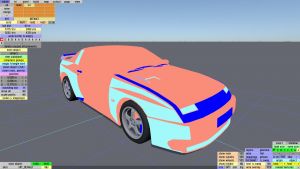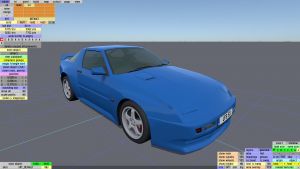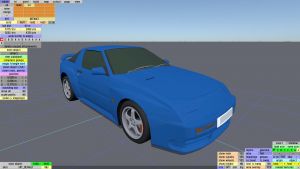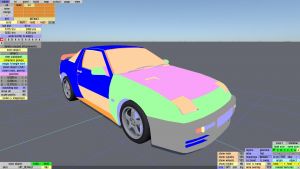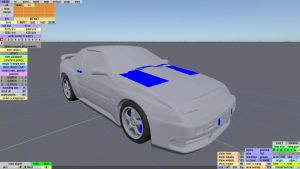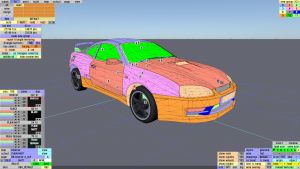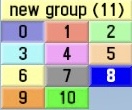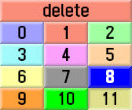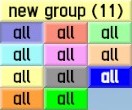Difference between revisions of "LFS Editor/Modeller"
m (→Groups) |
|||
| Line 12: | Line 12: | ||
== Starting the modeller == | == Starting the modeller == | ||
| − | [[image:LFS Editor welcome screen.jpg|thumb| | + | First, follow the [[LFS Editor#Downloading|instructions]] how to download and install the [[LFS Editor]]. |
| + | |||
| + | [[image:LFS Editor welcome screen.jpg|thumb|LFS Editor entry screen]] | ||
[[image:LFS Modeller - start screen.png|thumb|Modeller start screen - standalone mode]] | [[image:LFS Modeller - start screen.png|thumb|Modeller start screen - standalone mode]] | ||
| − | Once you have the editor installed and run the LFS Editor application, you will be presented with the entry screen. Click the {{button|Modeller}} button to enter the | + | Once you have the editor installed and run the LFS Editor application, you will be presented with the entry screen. Click the {{button|Modeller}} button to enter the Modeller. |
The modeller can also be entered from the [[Vehicle Editor]] by pressing {{key press|E}} or clicking the {{old button|E - Edit Model|#a1a1ff}} button on the right hand side of the vehicle editor. | The modeller can also be entered from the [[Vehicle Editor]] by pressing {{key press|E}} or clicking the {{old button|E - Edit Model|#a1a1ff}} button on the right hand side of the vehicle editor. | ||
Revision as of 18:39, 21 September 2022
| Vehicle Mods | |
|---|---|
| Vehicle Mods at LFS.net |
| This page or section is being initially created, or is in the process of an expansion or major restructuring. You are welcome to assist in its construction by editing it. |
The Modeller is a part of the LFS Editor. It is used to edit the 3D model, which includes editing the mesh and applying textures.
For user guides and walkthroughs for various modeller features, see Modeller Guides.
Requirements
To be able to use the modeller, you must have an S3 license. To get the S3 license, you can visit the LFS shop page.
Starting the modeller
First, follow the instructions how to download and install the LFS Editor.
Once you have the editor installed and run the LFS Editor application, you will be presented with the entry screen. Click the Modeller button to enter the Modeller.
The modeller can also be entered from the Vehicle Editor by pressing E or clicking the E - Edit Model button on the right hand side of the vehicle editor.
General modeller tips
- The list of colours at the bottom left in 'tri' mode is a different view of the list of mappings in 'map' mode.
- When you select a triangle, its colour is selected in the bottom left list. If the list is long, click cols : X to bring the selected colour onto screen.
- In 'subob' mode you can select a subobject with Ctrl + click while pointing at one of its surfaces.
- In 'tri' mode, Ctrl + click adds or removes triangles from the selection. Alt + click starts a new selection (one triangle).
- In the special view modes (like groups or mappings) the group select feature (Ctrl + ⇧ Shift + click) does a flood select within the group.
- Press ⇧ Shift + F to temporarily hide the editor buttons.
- To reduce clutter, use hide selected to temporarily hide points and triangles, then unhide all to show the again.
User interface
When you open the Modeller, the user interface looks as follows:
The interface consists of the following parts:
- 3D model view
- editing mode selector
- editing mode specific controls
- load / save object
- modeller view modes & view options
- common editor view controls
View modes
In the bottom right part of the screen, you can choose different view modes of the model:
| layers |
Each colour represents triangles assigned to a particular layer. You can toggle layers on/off by clicking the layer buttons in the top left part of the screen. |
| wire |
Shows the edges as a wireframe. The edges can have different colours:
When you see an edge that is not grey, it may be intentional or it may draw your attention to a bug in the model. There are reasons to have unshared edges or multiple shared edges in some cases. But if it is not intentional, it may indicate a modelling error such as:
It's good to click wire mode occasionally and if you see edges that are not grey, make sure that you know the reason for them and that they are as intended. |
| mappings |
Each colour represents a different mapping. |
| flat |
Flat shading of the triangles without being smoothed. |
| groups |
Smoothing groups. The boundaries between different smoothing groups usually have a sharp edge. All triangles within one smoothing group have artificial smoothing applied. For more information on how to assign triangles to a smoothing group, refer to the Smoothing groups modeller guide. |
| gouraud |
The default rendering of the model with gouraud shading applied. This is how the car should appear in game. |
| n.c.level |
Normal contribution levels. Each triangle meeting at a vertex, within the same smoothing group, contributes to the normal of that surface at that vertex. In fact, large triangles have a larger contribution. So for example you could make a simple "hardback book" shaped object and most of the apparent curvature would be on the spine of that book. But the spine would still be contributing to the normals, so the front and back faces of the "book" would still be a little curved. If, however, you set the normal contribution level" of the spine to zero, then the spine would not contribute to the normals at all. Then the front and back face of the book would look totally flat. |
| l.r.swap |
Driver swap modes. The triangles can have different colours:
In this mode, you can set driver swap modes to triangles by going to the tri mode, selecing one or more triangles and clicking one of the swap mode buttons in the top right corner. |
Groups
When you switch to the groups view mode and select tri mode, an additional set of buttons will be shown in the top right corner of the screen.
Each smoothing group is represented by a number and a distinct colour.
If needed, you can create new groups by clicking the new group (N) button, where N is the number of the group to be created.
You can create up to 23 groups for the model.
When you select a group which is not assigned to any triangles, a delete button appears at the top, allowing you to delete unused groups:
When you press and hold Ctrl, the labels of the group buttons will say all. If you click one of them, all triangles assigned to that group will be selected.
Load / save object
At the bottom left of the screen, there is a set of buttons used to load or save an object in the Modeller.
If you have an subobject selected, another row of buttons appears, allowing you to load or save the current subobject.
| subobject | Indicates that a subobject is currently selected |
| load | Load a new subobject, replacing the selected subobject |
| save | Save the current subobject as an object in data\3dob |
| main object | The name of the main object |
| LOAD | Load a new object from data\3dob |
| SAVE | Load the main object to data\3dob |
| skinXFG_DEFAULT | Click the skin name (e.g. XFG_DEFAULT) to select a JPG image in data\skins to use as a skin in the editor |
